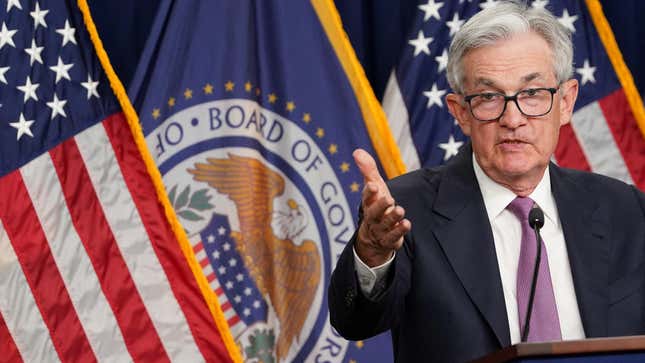
The US Federal Reserve has another piece of data which supports not raising interest rates again in July. The central bank’s favorite measure of inflation—the personal consumption expenditure (PCE) index released by the US Bureau of Economic Analysis—cooled more than expected in May.
Stripping out volatile components like food and energy, the core PCE index moved up by just 0.3%, while economists polled by FactSet predicted it would move up by 0.4%. Even an area in which inflation had been stubbornly high—namely services excluding food, energy, and housing costs, which still cover areas like healthcare, education, recreation, and transportation—moved up by a mere 0.23% in the month of May, the slowest advance since July 2022.
The slowing pace of inflation comes while Americans are still getting pay raises. Disposable income in the US moved up by 0.4% in the report, and the savings rate—the percentage of money that Americans are putting away—rose to 4.6% in May from 4.3% in April.
The report stands directly in contrast to the Fed’s previous thinking on inflation. While Fed chair Jerome Powell has noted that higher wages have not been a major driver of inflation, he has posited that wages and job openings would need to come down for inflation to retreat to its 2% target. Both of these measures have moderated, but they do remain higher than pre-pandemic levels while inflation continues to cool.
Case for a soft landing?
Falling inflation with strong economic data points to the return of inflation to the Fed’s target without the US necessarily entering a recession. Gross domestic product (GDP) for the first quarter was higher than previously thought, being revised up to 2% from 1.3% yesterday.
New home sales are surging, construction costs are falling, and manufacturers have maintained robust order and shipment volumes. All of these indicators will contribute to a similarly strong US GDP report for the second quarter.